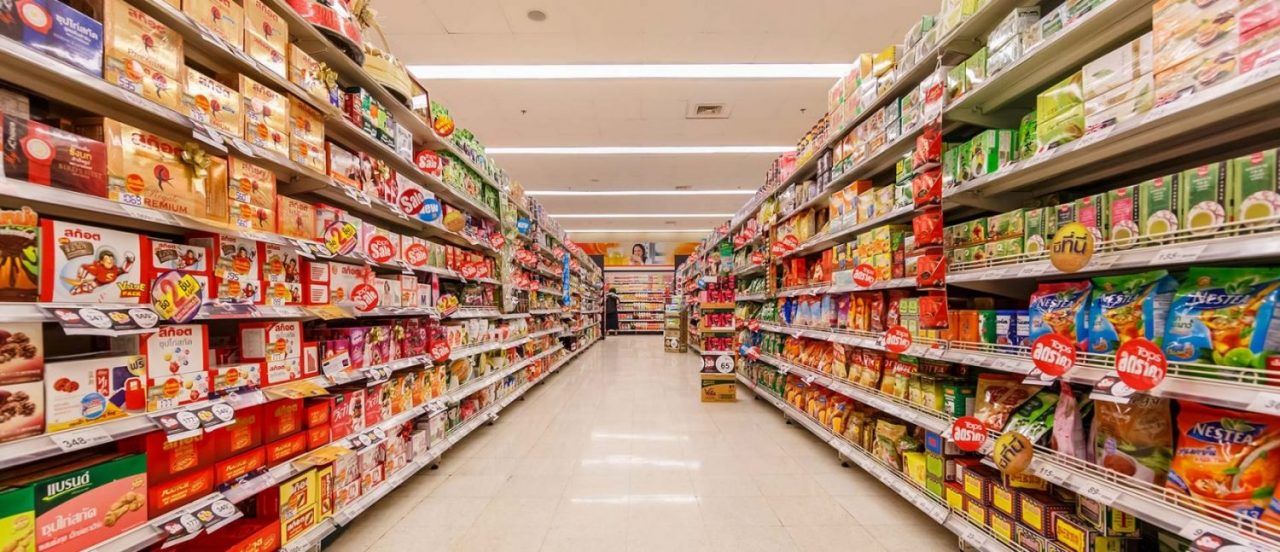The New Zealand Commerce Commission is currently undertaking its market study into the retail groceries sector. New Zealand has one of the most concentrated retail grocery sectors in the world with only two major grocery retailers. In this article we share observations on how New Zealand got to this situation and possible outcomes.
Andy Matthews & Danny Xie 1
I. INTRODUCTION
The New Zealand Commerce Commission (“NZCC”) is currently undertaking its market study into the retail groceries sector.2 This is the NZCC’s second market (competition) study. It was initiated by the Minister of Commerce and Consumer Affairs,3 citing reasons that “New Zealand has one of the most concentrated grocery retail sectors in the world”4 and “[t]he market is of strategic importance to the New Zealand economy.”5 The Government’s press release describes the purpose of the market study as to “ensure New Zealanders are paying a fair price for groceries” and “make sure we’re not paying more than we should during the weekly shop.”6
The final report is due to be released on March 8, 2022.7 A draft report is currently being consulted on which has a preliminary finding that competition is not working well for consumers or suppliers. The draft report identifies a range of possible recommendations from a code of conduct and voluntary changes to structural separation or divestment.
We are acting for New Zealand Food and Grocery Council Incorporated (NZFGC), a
...THIS ARTICLE IS NOT AVAILABLE FOR IP ADDRESS 216.73.216.89
Please verify email or join us
to access premium content!

